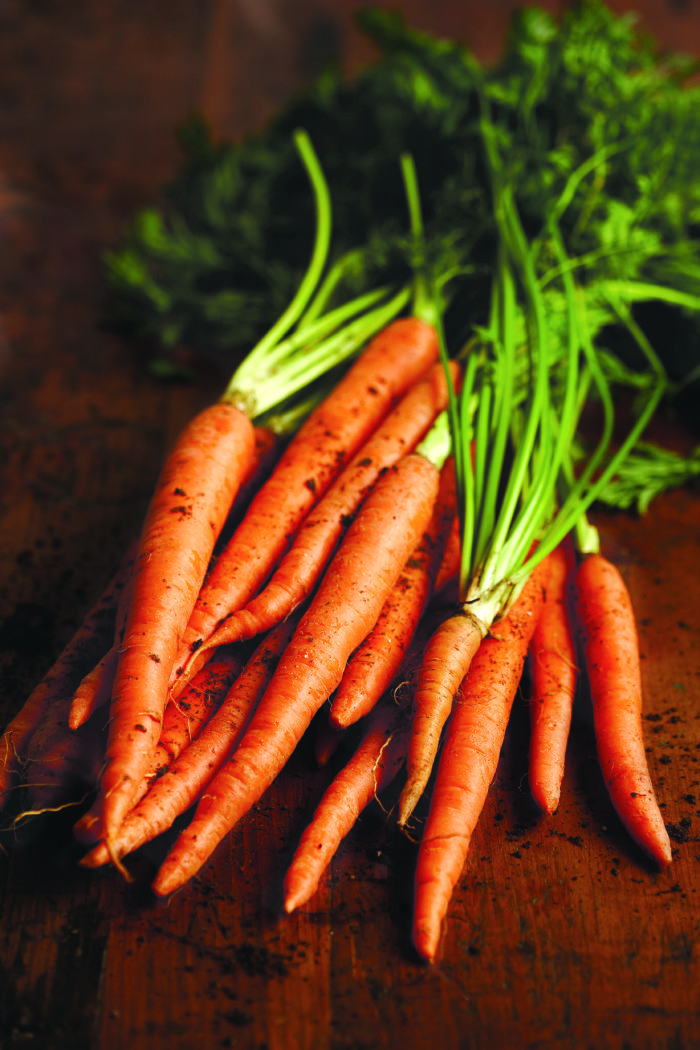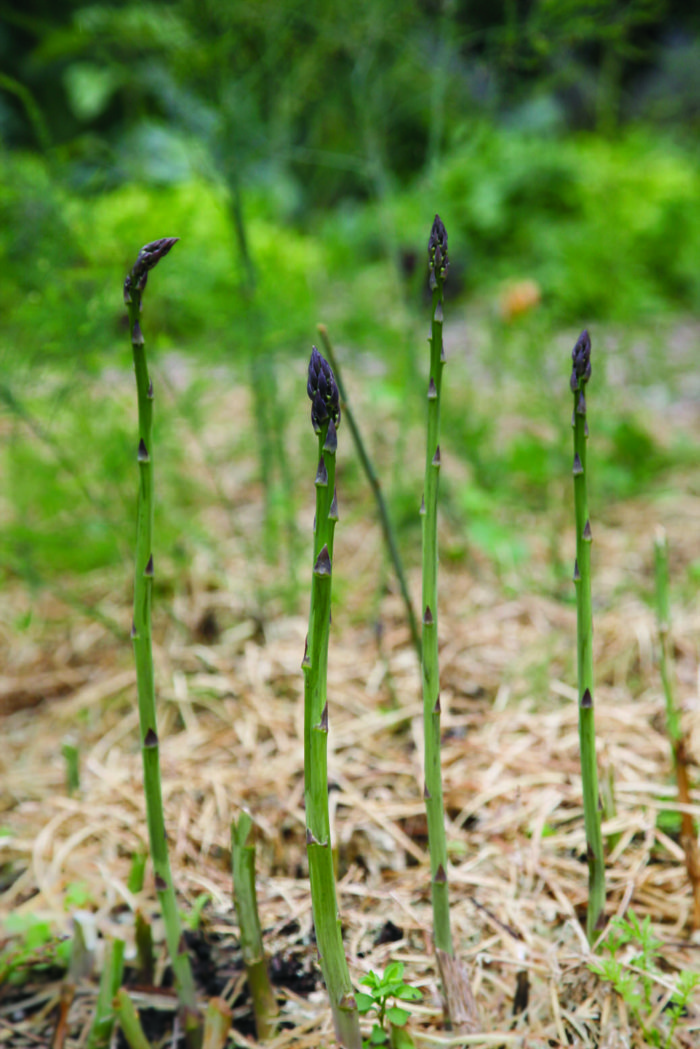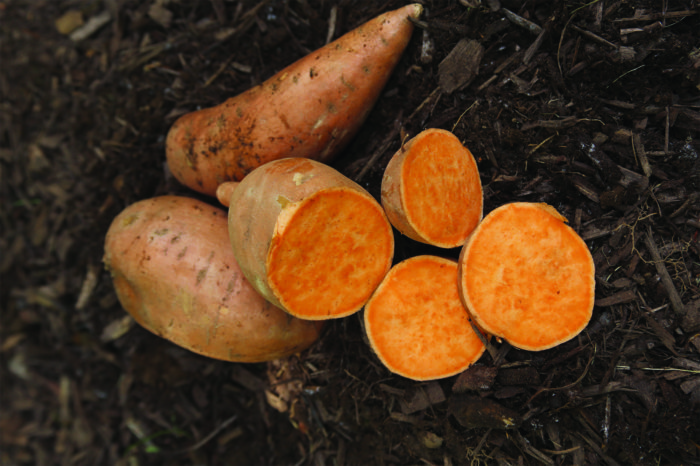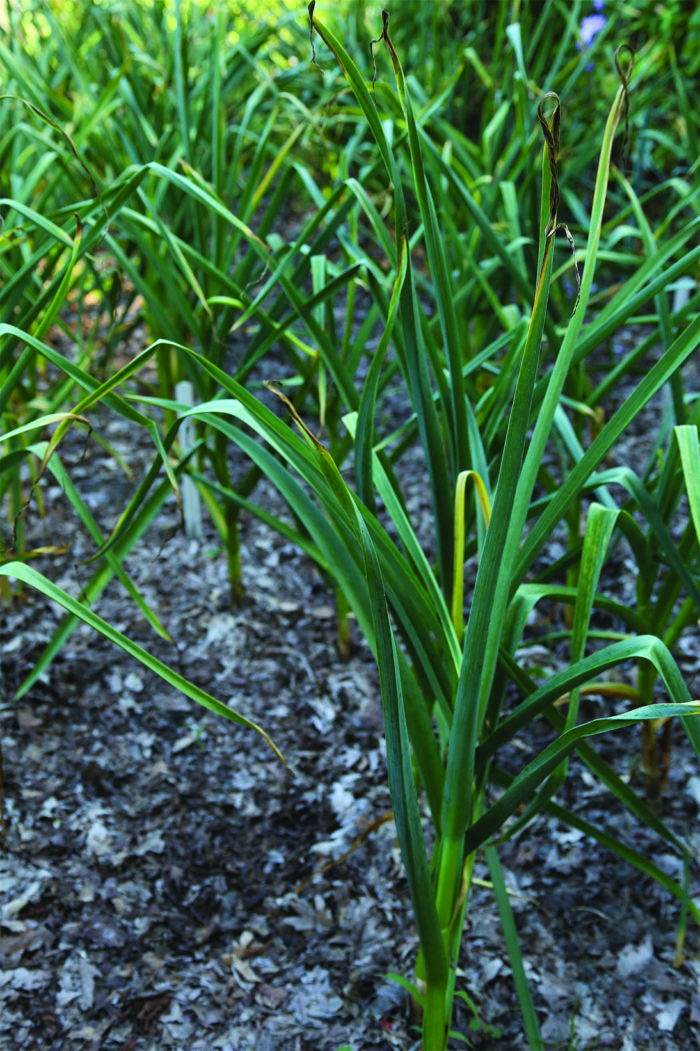Part 2: Best Vegetables for the Mid-Atlantic
These varieties are built to thrive in the conditions where you live

Top Pick |
‘Scarlet Nantes’ carrotDays to maturity: 68 This is an heirloom carrot from France. ‘Scarlet Nantes’ grows 6- to 7-inch-long roots with blunt tips and, hence, grows well in the heavy clay soils of our region. The tops are short and sturdy, while the roots are bright orange and nearly coreless. These carrots are tender, crisp, and sweet with great flavor whether raw or cooked. Like all carrots, this variety prefers well-drained, loose soil with good moisture retention to grow to its full potential. Avoid high-nitrogen fertilizers, which cause crooked and hairy roots. Sow the seeds 1 inch apart in early spring to midsummer every three weeks for a continuous supply of carrots. The seeds should be covered with ¼ inch of vermiculite or fine compost to prevent them from drying out. The seedlings will emerge in one to three weeks and can then be thinned to 2 inches apart. Cover any exposed root crowns with soil to prevent “green shoulders,” and harvest when the roots are bright orange. |
Fine Gardening Recommended Products

A.M. Leonard Deluxe Soil Knife & Leather Sheath Combo
Fine Gardening receives a commission for items purchased through links on this site, including Amazon Associates and other affiliate advertising programs.

Gardener's Log Book from NYBG
Fine Gardening receives a commission for items purchased through links on this site, including Amazon Associates and other affiliate advertising programs.

Berry & Bird Rabbiting Spade, Trenching Shovel
Fine Gardening receives a commission for items purchased through links on this site, including Amazon Associates and other affiliate advertising programs.









Comments
My parents have their own small backyard garden, there are 4 people in our family and we have enough vagetables from it. I learn that garlic is good not only for its taste and vitamin qualities, but also for its remarkable ability to repel harmful insects and animals. This is a natural repellent with a strong odor that can save you hundreds of dollars on chemical products against flies, mosquitoes, beetles, raccoons and possums. In gardening magazine was written that we should planting garlic “wherever possible” to keep residents and other plants free from pests. On our backyard grows more than thousand garlic bushes, and not only on the ground, but also on the balcony, the roof, hanging on the fences of the beds. I even write my essay with detailed instructions for growing garlic.
Log in or create an account to post a comment.
Sign up Log in